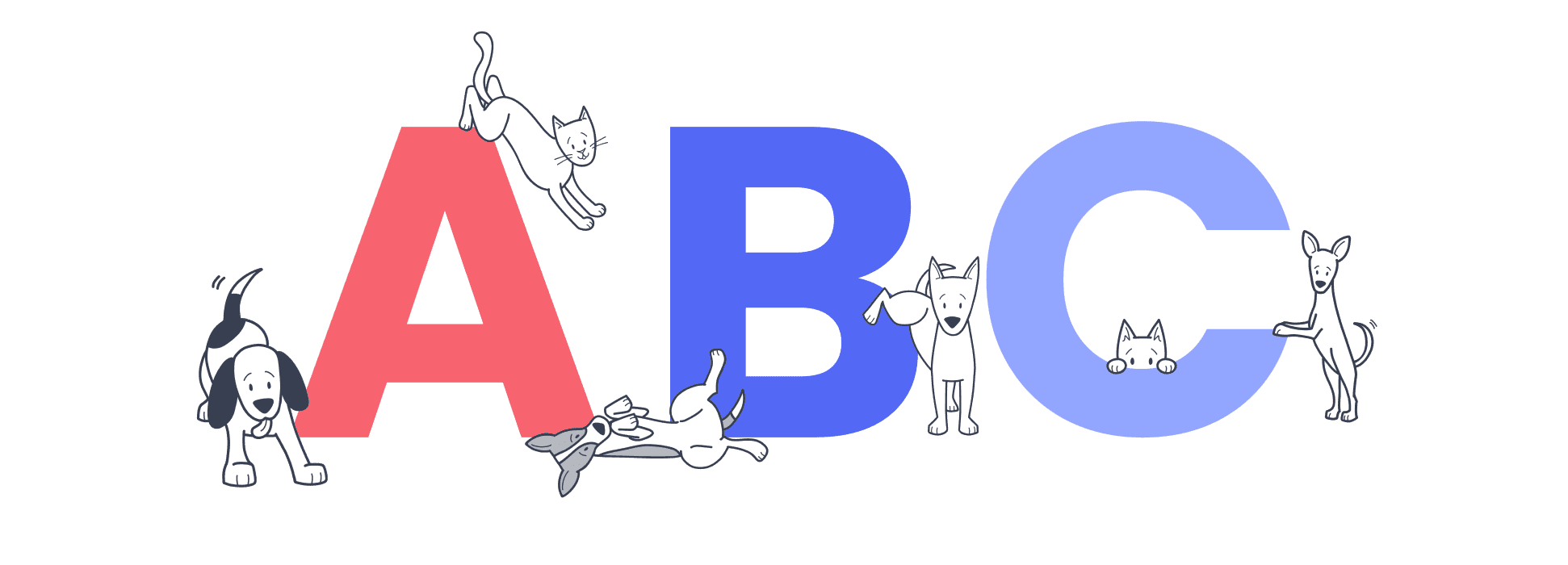Understanding pet insurance terms is key to finding the best plan for your pet. But let’s face it – they’re not the easiest to understand.
From annual deductibles to congenital conditions, there is a lot of pet insurance jargon that can leave you thinking, “Woof, this reading material is too complicated for my lunch break.”
But it doesn’t have to be!
We’re breaking down some of the trickiest pet insurance terms and explaining them in plain English. Let’s dig in!
Disclaimer: This is a list of terms intended to help with general comprehension. These terms are not indicative of the definitions or coverage of Pumpkin plans or plans of other insurance providers unless otherwise stated. Please read the policy terms of each plan closely to understand how they define these terms.
A
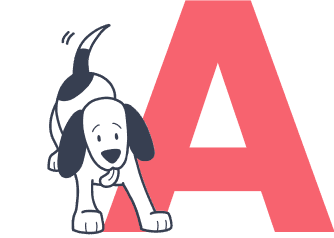
Accident
A sudden, unintended, or unexpected event that results in injury to your furry friend – like a bite wound or a swallowed sock.
Accident and illness coverage
Pet insurance coverage that covers eligible vet expenses for both covered accidents and illnesses.
Accident-only coverage
Pet insurance coverage that covers eligible vet expenses for covered accidents, not illnesses. Remember, not all policies define accidents in the same way, so it’s a good idea to read the fine print before purchasing an accident-only plan.
Actual cost
This is the total amount you owe your veterinarian for taking great care of your fur baby after all credits and discounts have been applied.
Age limits
Some pet insurance providers will reduce coverage or simply won’t insure pets past a certain age. For example, a provider may say pets age 14 and older can only get accident-only coverage or don’t let them enroll altogether.
Tip: Pumpkin plans have no upper age limits and never reduce coverage as pets enter their golden years.
Alternative therapies
These therapies – such as acupuncture, hydrotherapy, and chiropractic care – generally fall outside the realm of conventional veterinary medicine. While some might consider them “woo woo” treatments, many vets recommend them to help with chronic conditions or support recovery.
Tip: Pumpkin plans cover alternative therapies like acupuncture that are prescribed to treat covered conditions!
Annual deductible
The total amount of money you must pay toward your pet’s covered conditions expenses before your insurance plan will begin reimbursing you for eligible vet bills. This deductible resets each policy year.
Annual limit or annual coverage limit
The total amount of money for covered expenses that can be covered within a 12-month policy period.
B

Behavioral issue or problem
An illness condition, either social or medical, that results from your pet’s action, inaction, or temperament that is abnormal, dysfunctional, or unusual. Whether it be separation anxiety or compulsive licking (Yes, that’s a thing!), some providers offer plans with coverage for behavioral issues in cats and dogs.
Tip: From destructive chewing to aggression, Pumpkin plans help cover eligible behavioral issues.
Benefit schedule
A list of covered expenses and how much of them may be reimbursed. While benefit schedules have often gone the way of the dodo in the pet insurance industry, a few providers still offer plans with them.
Bilateral condition
A condition or disease that affects your pet on both sides of their body, such as hip dysplasia.
Breed restrictions
Some breeds are predisposed to more health conditions than others. Unfortunately, some plans that some pet insurance providers offer either limit coverage for these breeds or don’t cover them at all.
Tip: Fortunately, Pumpkin welcomes all breeds into our pack! You won’t find any breed restrictions with the plans we offer.
C

Claims
These are requests for reimbursement or application of coverage that you submit to your insurance provider. Be sure to include copies of your itemized vet bills so your provider can verify coverage and provide an accurate reimbursement!
Condition
An illness, disease, injury, or change to your pet’s health that may or may not show symptoms or have been diagnosed or treated.
Coverage
The scope of protection included in your pet insurance plan. Coverage can range from accident-only plans and accident-and-illness plans. The price of coverage generally increases as the scope of coverage expands.
Chronic condition
A health condition or disease that is persistent, long-lasting, or incurable such as arthritis or cancer.
Tip: If a chronic condition is diagnosed or shows symptoms before a pet has insurance coverage or during a waiting period, it will usually be considered a pre-existing condition and won’t be eligible for coverage.
Congenital condition
A health condition that is present at birth or develops within the first month of a kitten or puppy’s life. For a congenital condition to be eligible for coverage, it’s best to be enrolled before your fur baby shows clinical signs.
Co-pay
The amount you pay out-of-pocket for eligible vet expenses after your deductible has been met. Unlike human health insurance which covers a certain percentage beforehand, many pet insurance plans reimburse you according to their predetermined percentage after co-payment.
Tip: Pumpkin plans offer 80% or 90% cash back on all eligible vet bills, depending on your preference and budget.
Covered expenses
The actual costs of eligible expenses covered under your policy.
Curable condition
Any condition that can be treated or cured, such as ear infections or urinary tract infections.
Dental illness coverage
Coverage for eligible treatment of your pet’s eligible dental illnesses. Not all pet insurance plans include dental illness coverage, and those that do may vary widely in benefits, exclusions, and qualifying conditions.
Tip: Pumpkin Pet Insurance plans cover dental illnesses and tooth extractions for dental accidents.
D
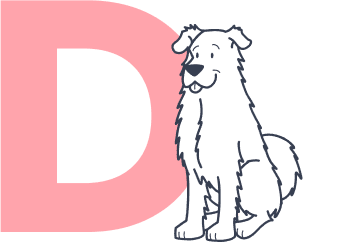
Diagnostics
Tests that provide important information about your fur kid’s health such as blood tests or fecal tests.
Diagnosis
An illness or injury a veterinarian identifies after examining your pet’s symptoms.
E

End-of-life expenses
Fees associated with the care and services your pet receives at the end of their life such as euthanasia, burial, and cremation.
Emergency services or care
Treatment or services your pet receives after suffering a serious accident or illness such as x-rays, surgery, or blood transfusions. Often, an emergency veterinary clinic or hospital provides these services – especially if the level of care your pet needs exceeds a regular veterinary clinic’s capabilities, tools, or equipment.
Enrollment date
The date you enrolled in your pet insurance policy. The enrollment date typically kicks off the waiting period.
Exclusions
Any conditions, medical procedures, or treatments not covered by your pet insurance plan.
Explanation of benefits
An itemized list that details which charges on your veterinary bill are covered, and which are not.
G

General health maintenance
Procedures, programs, or checkups your pet undergoes to prevent illness and promote overall health. In other words, keeping up with preventive care to keep them feeling like their finest and furriest self.
H
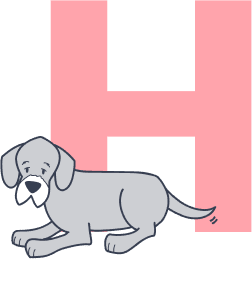
Hereditary condition
A condition that is passed down to a puppy or kitten from their parents. This is different from a congenital condition, which develops in the womb or shortly after birth.
I
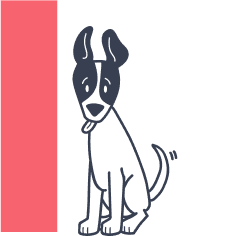
Illness
A disease or sickness not caused by an accident or injury.
Incident
Each illness or accident your furry friend suffers during the life of your insurance policy. Note: Some plans may have a per-incident deductible or place a limit on the number of incidents a policy will cover, so do your research to choose the plan that’s best for your pet.
Injury
A health condition that is not an illness and results from an accident, such as a broken bone or a paw injury.
Insurance provider
The entity that offers your pet insurance plan.
L
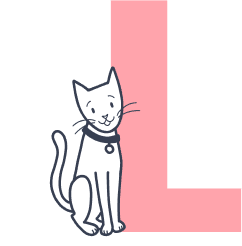
Ligament and knee injuries or illnesses
Injuries or illnesses that affect the bones of the knee or ligaments in the musculoskeletal system.
Lifetime limit
The maximum dollar amount you can be reimbursed or the number of claims you can submit during the span of your policy.
M
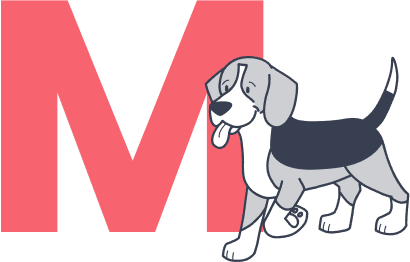
Medical records
Documentation of veterinary treatment and your pet’s prior illness or injuries.
Maximum amount or maximum limit
The greatest dollar amount your pet insurance plan will reimburse you for over the span of your policy’s lifecycle.
Microchip implantation
The process of implanting a small electronic device under your pet’s skin to help identify them. Some microchips also contain additional information, like medical records.
Money back guarantee
A period of time during which the purchaser (that’s you) can decide to cancel their plan and receive back their premiums and other money down. Check the terms of your policy to see if there are any specific requirements for a plan’s money back guarantee, and whether your pet insurance provider offers a money back guarantee.
Multi-pet discount
A reduced rate on premiums when you get insurance for multiple members of your fur family.
Tip: Pumpkin offers a 10% multi-pet discount for all additional pets – so you can save money and help protect your pets at the same time!
O

Occur or occurrence
When signs or symptoms related to a condition first were observed.
P
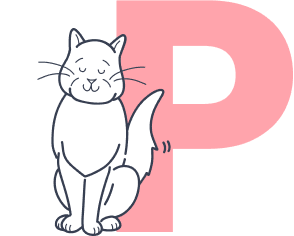
Pet insurance plan
The coverage you get from your provider: what kinds of conditions you can get reimbursed for, the deductible, monthly premiums, and all the other juicy, important details.
Pet insurance policy
The legal terms of your plan, presented by your provider – don’t skip reading this!
Per-incident or per-condition deductible
An amount you’ll have to pay for eligible treatment for each given accident or illness.
Per-incident or per-condition limit
The maximum amount covered for each given accident or illness.
Policyholder
The owner of the pet insurance policy, and usually the recipient of reimbursements.
Tip: Many pet insurance providers offer the ability to transfer policyholder status if you have to give your pet to a new owner, or you’re becoming the new owner yourself.
Policy effective date
The day your policy starts. The policy effective date is usually different from the policy’s coverage start date if the policy has a waiting period. Remember, most plans have a waiting period before coverage begins.
Policy period
A cycle of your pet insurance policy, aka how long the policy coverage will last based on your most recent premium payment.
Policy terms
The details of your coverage: what you owe, what the provider will reimburse, how long coverage will last, and so on. It’s important to read your policy terms carefully to avoid confusion and frustration when it matters most.
Pre-existing condition
An illness, disease, injury, or change to your pet’s health that occurs, develops, or shows symptoms before your coverage goes into effect or during a waiting period. Usually, pre-existing conditions aren’t covered by insurance.
Premium
How much you pay for your policy. Premiums are often owed on a monthly or annual basis. The cost of your premium depends on numerous factors, some factors may include your plan type, pet’s age, breed, and location.
Prescription pet food
Specific types of pet food that a veterinarian may recommend to treat an illness or aid in a pet’s recovery. Prescription pet foods exist for urinary conditions, weight management, and numerous other health issues.
Tip: Pumpkin plans cover prescription food used to treat eligible accidents or illnesses. They don’t cover prescription food used for general health or weight maintenance.
Preventive care, wellness care, or routine care
Veterinary treatments that don’t address a particular illness or injury, but rather are meant to promote general health and wellbeing. Usually, this type of care isn’t covered by base-level pet insurance plans, but some providers offer add-on wellness packages for pets.
Q
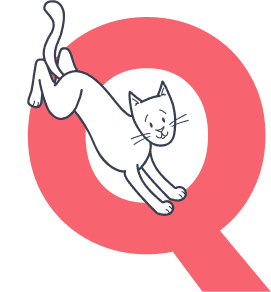
Quote
The approximate amount of money you will pay for pet insurance coverage. Get a quote from Pumpkin today – we’ll fetch it for free!
R
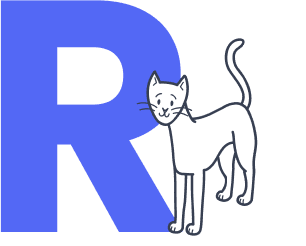
Rehabilitation therapies
Treatment to help a pet during a long-term recovery from an illness or injury. Depending on the nature of the condition, rehabilitation therapies may or may not be covered by pet insurance plans.
Reimbursement rate or percentage
How much your provider will pay back for your pet’s eligible treatment costs for covered conditions, without factoring in your deductible. Most plans have a reimbursement rate term, while a few pay based on a benefit schedule.
Renewal
The renewal of your policy after the end of a policy period. Many pet insurance providers will renew your plan automatically.
Rider
An addition to the terms of a policy. Often riders expand the range of conditions your insurance will cover.
S

Supplements
Vitamins or pills filled with nutrients your furry friend may need!
Tip: Pumpkin Pet Insurance plans help cover prescription food and supplements that are used to treat a covered condition for no extra add-on cost. They don’t cover prescription food or supplements used for general health or weight maintenance.
Symptoms
Signs and behaviors used to recognize and diagnose an illness. Common symptoms of ringworm, for example, include lesions, dry skin, and excessive dandruff.
T
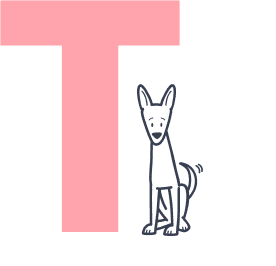
Treatment
Veterinary care.
U
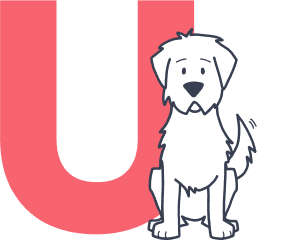
Underwriter
The entity that determines each policyholder’s premiums, deductibles, and maximums – in other words, the terms and rates of your pet insurance plan.
Tip: Contrary to popular belief, underwriters and pet insurance providers are actually not the same thing! Underwriters write the terms of each policy, while the providers sell the policies.
W

Waiting period
The period of time between the start of your pet insurance plan and when coverage goes into effect.
Wellness plan or package
Often an optional add-on to pet insurance policies that offers coverage for preventive and routine care.
And there you have it! A whopping 65 pet insurance terms that hopefully make a lot more sense.
Though this is by no means an exhaustive list and each plan may define these terms differently, we hope this helps answer some of your questions and make the best choice for your pet. After all, pet insurance exists to help make life easier, not harder.
Here’s to helping give your fur friend the happiest and healthiest life possible – with a little less head scratching along the way!
DISCLOSURE
